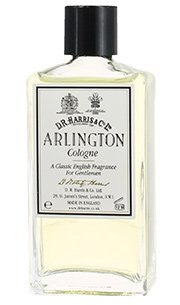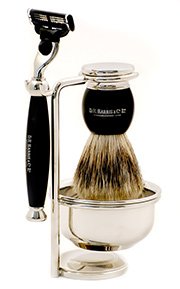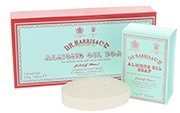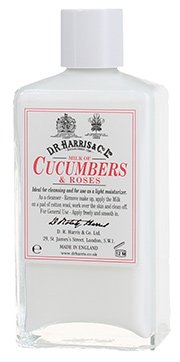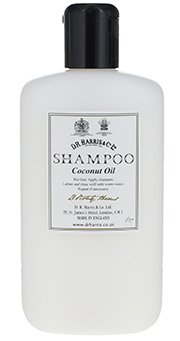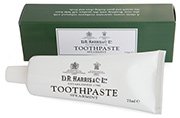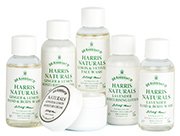No products in the basket.
Shaving Brushes – The Definitive Guide
Should you be using a shaving brush and which is the most suited to you?
We firmly believe that introducing a shaving brush into your daily shaving routine is one of the easiest ways to exponentially increase your enjoyment of a daily necessity. It is probably fair to say that in the world of grooming and beauty products, differences in performance will always be fairly marginal. However, a good shaving brush, in conjunction with high quality soap or cream, produces a product that is really in a different category from foams and gels. Not only in the quality of the lather, but also in terms of fragrance.
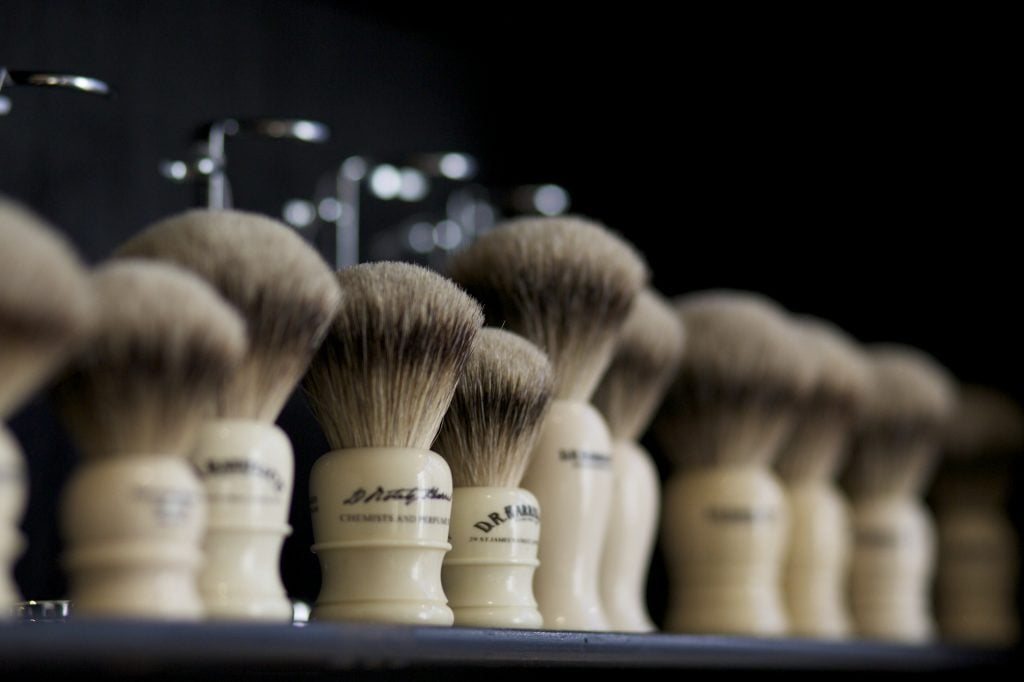
A shaving brush will give you a better shave and better skin. By using a brush you raise the bristles on your face meaning that the razor can get closer and give you a better shave. Using a brush also exfoliates the skin, keeping it healthier, but also clearing away grease and dirt which would otherwise clog a razor. Also, by using a brush you are spending more time with the hot water and soap on the stubble which softens it meaning a closer shave and less irritation. By using a high quality cream or soap you are also helping reduce irritation as the glide and cushion is far superior to a foam. The high glycerine content of D. R. Harris Creams and Soaps is also very soothing to even the most sensitive of skin types.
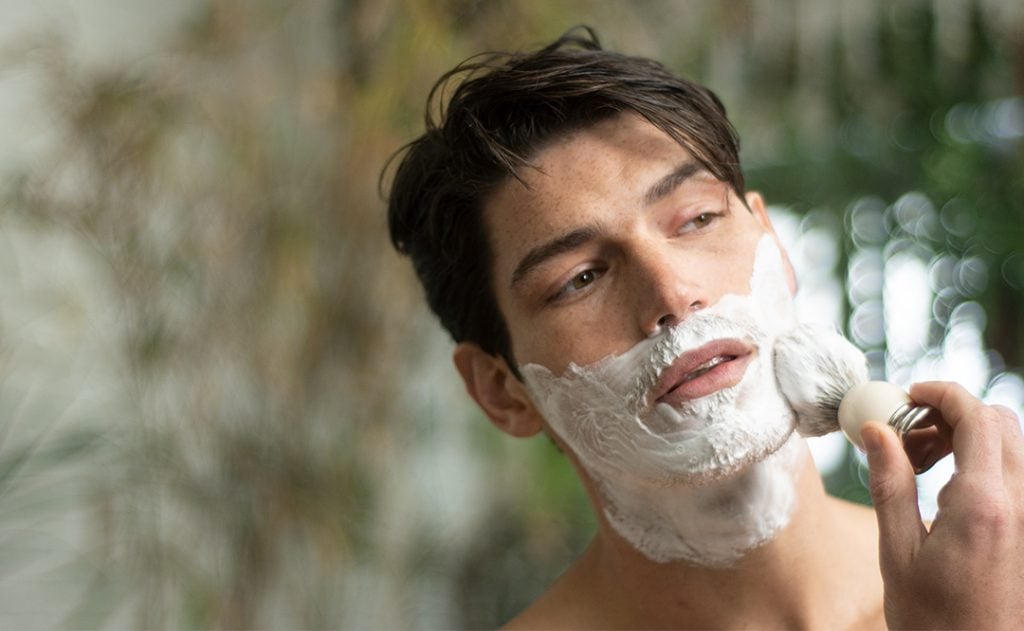
Our Selection
At D. R. Harris the majority of our brushes are made using Badger Bristle. Badger has been the Bristle of choice for hundreds of years due to its specific properties which make it ideal for creating a lather. Badger Bristle is soft so it won’t aggravate the skin and also retains water much better than other types of bristle. Both of these qualities are essential for creating a good lather.
There are different grades of Badger Bristle and these are categorised by the area of the badger from which they come. The highest quality and most desirable grade is Silver Tip which comes from the neck. Silver Tip comes from the neck area and is the softest and lightest in colour. Our ‘E’ range of brushes use Silver Tip bristle and are our best performers. As well as an extremely high quality bristle they are also densely packed which helps with water-retention and longevity.
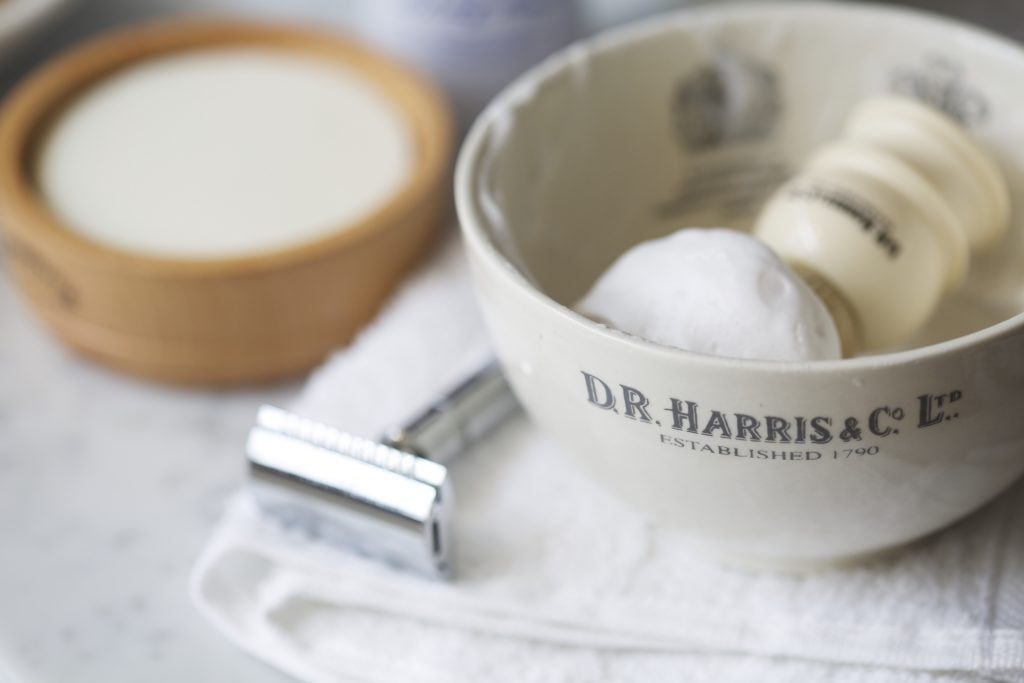
The next best grade is Super Bristle this is still very light in colour and soft. Our S2 and S3 brushes are categorised as Super Badger.
Best Badger is the next best in the line-up and is what is used in the S1 brush as well as our ‘H’ range of brushes. In truth, however, the ‘H’ range is closer to Super or Silver Tip – some manufacturers have different ways of grading.
Our entry level brushes use Pure or Mixture bristle. These are a bit coarser but still very credible brushes and an ideal entry point into the world of wet shaving.
A recent introduction to our range is a synthetic shaving brush. Recent developments have greatly improved the quality of synthetic brushes to the point that the best versions can rival Silver Tip badger brushes. Indeed, the synthetic shaving brushes we have are known as Silver Tip Synthetic. The benefit of synthetic brushes is that they are even longer-lasting than badger bristles brushes and require much less (in fact no) care or maintenance. They can be thrown in a wash bag when wet and will not suffer. Another benefit is that they are suitable for vegans or those wishing to avoid animal products.
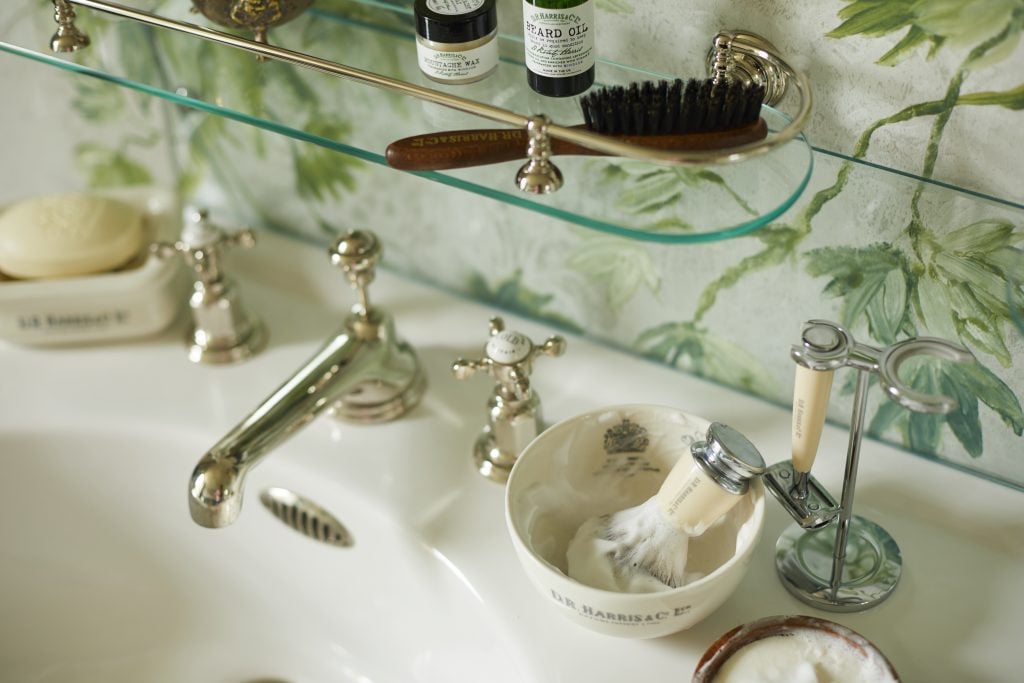
soaps, candles, cologne, D R Harris, handwash, razor, shaving, shaving soap, apothicary, skin care, gentleman’s grooming
Badger Bristle brushes can get quite expensive but it is worth remembering that, given the correct care, they can last for upwards of 15 years. Below are some tips for using and caring for your brush to increase its lifetime.
How to use a shaving brush:
· Soak in warm, but not boiling, water to soften the bristles
· Shake out excess water and squeeze but don’t twist
· Splash a small amount of hot water onto shaving soap and drain most off
· Make several circular or up-and-down movements with the brush over the soap. Not pushing the bristles down too hard and splaying them too much
· Lather in a separate bowl or on face, adding water where necessary to control lather
· Apply to the face with circular or linear motions, again being careful not to twist or splay the bristles excessively.
· Rinse out all soap with warm water, shake out excess and, ideally, hang to dry
We hope this has helped shed a bit of light on what can be a highly confusing and quite jargon-filled area of wet-shaving. If you have any questions please don’t hesitate to get in touch.

